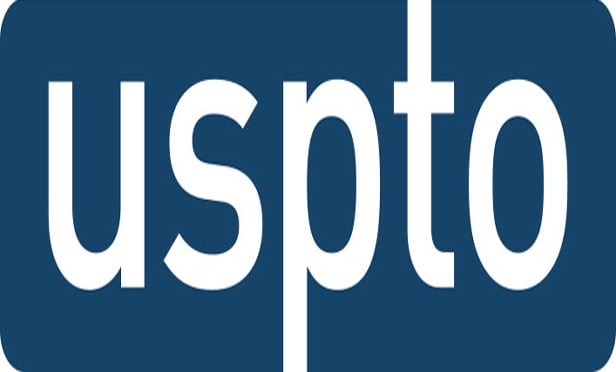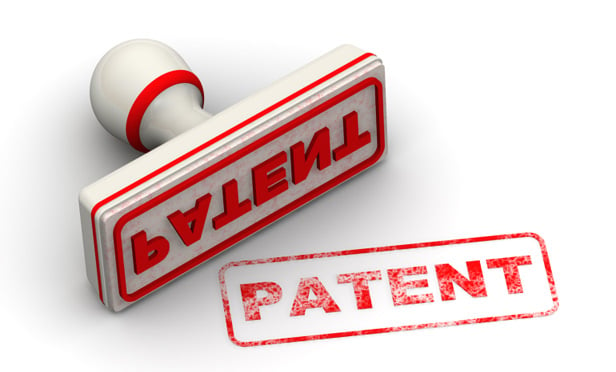Features

Stanford Is Serving 11 Flavors of NPE
Stanford Law School made available to the public a database of every patent lawsuit that's been filed since 2007.
Features

The USPTO Brings New Guidance to the Section 101 Quandary
<b><i>Part Two of a Two-Part Article</b></i><p>USPTO Attempts to Provide Greater Clarity for Patent-Eligible Subject Matter
Features

Patent Eligibility Remains Uncertain — Especially for the Life Sciences — Even After Recent Federal Circuit Decisions and Efforts By the USPTO to Bring Clarity
Part One of a Two-Part Article Congress is empowered to create a patent system to promote the useful arts, and it has enacted laws to create a patent system that encourages innovation. Balancing that power, however, the courts in recent years have tried to rein in the scope of the patent right by limiting the scope of patent-eligible subject matter.
Features

Use of Arbitration In Place of Inter Partes Review Proceedings
An IPR might be more efficiently accomplished through arbitration than through a PTAB proceeding, so it should be considered by practitioners.
Columns & Departments

IP News
Obviousness-Type Double Patenting Does Not Invalidate Section 156 Patent Term Extension <br>Federal Circuit Holds Assignor Estoppel Does Not Apply in IPR Context<br>Federal Circuit Reverses District Court Holding of Patent Ineligibility of Computer Security Patent
Features

The PTAB's New Claim Construction Standard: Will the Real Impact Please Stand Up
Beginning on Nov. 13, 2018, the USPTO will cease to apply the broadest reasonable interpretation (BRI) standard for newly-filed IPR, PGR, and CBM trials under the America Invents Act (AIA). Instead, the USPTO will begin "using the same claim construction standard that would be used to construe the claim in a civil action …."
Features

The 'New NAFTA' and How It Will Affect Intellectual Property Law
The stage is set for the 24-year-old north American Free Trade Agreement (NAFTA) to end and the U.S. Mexico Canada Agreement (USMCA), which has implications for intellectual property, to take its place.
Features

The High Bar for Challenging an Improperly Revived Patent
The recent <i>In Re Rembrandt Technologies</i> decision is a reminder of both the potential consequence of a patent holder's disingenuous assertion of unintentionality and the challenges that defendants face when raising the improper filing of a petition to revive a lapsed patent as a defense.
Features

Non-Traditional Trademarks: The Elusiveness of Branding a Trend
A look at several unique trademark cases where the plaintiff fashion brand proactively sought to invalidate a competitor's non-traditional trademarks, an action which reflects a push back on increasingly aggressive litigation tactics by fashion brands seeking to blur the lines between a non-protectable fashion trend and a protectable trademark.
Features

Patent Eligibility of User Interfaces
<b><i>Advances in UI Design Can Provide Key Competitive Differentiation and Advantage, Which Makes Protecting Them Critically Important from a Business Perspective</b></i><p>Advances in UI design can also provide key competitive differentiation and advantage, helping to distinguish otherwise commoditized products and services such as computers, Web services, wearables, and appliances. Given this advantage, protecting advances in UI design can also be critically important from a business perspective.
Need Help?
- Prefer an IP authenticated environment? Request a transition or call 800-756-8993.
- Need other assistance? email Customer Service or call 1-877-256-2472.
MOST POPULAR STORIES
- How Secure Is the AI System Your Law Firm Is Using?What Law Firms Need to Know Before Trusting AI Systems with Confidential Information In a profession where confidentiality is paramount, failing to address AI security concerns could have disastrous consequences. It is vital that law firms and those in related industries ask the right questions about AI security to protect their clients and their reputation.Read More ›
- Pleading Importation: ITC Decisions Highlight Need for Adequate Evidentiary SupportThe International Trade Commission is empowered to block the importation into the United States of products that infringe U.S. intellectual property rights, In the past, the ITC generally instituted investigations without questioning the importation allegations in the complaint, however in several recent cases, the ITC declined to institute an investigation as to certain proposed respondents due to inadequate pleading of importation.Read More ›
- The Binding Effect of Plea Agreements In White Collar CrimesFederal plea agreements sometimes state explicitly that they are limited to that one office and do not bind other U.S. attorney's offices. In this article, we discuss the circuit courts' competing approaches to interpreting the binding effect of plea agreements and the Department of Justice policy.Read More ›
- Compliance and Third-Party Risk ManagementTo gauge the level of risk and uncover potential gaps, compliance and privacy leaders should collaborate to consider how often they are monitoring third parties, what intelligence they are gathering with and about their partners and vendors, and whether their risk management practices have been diminished due to cost and resource constraints.Read More ›
- Issues in Reverse Morals Clauses In Talent Influencer Contracts With Product BrandsThe next company general counsel to slide a morality clause across the desk for a celebrity or web influencer to sign shouldn't be surprised if that talent also whips out a morals clause, one to cancel the contract if the company's brand acts immorally.Read More ›
